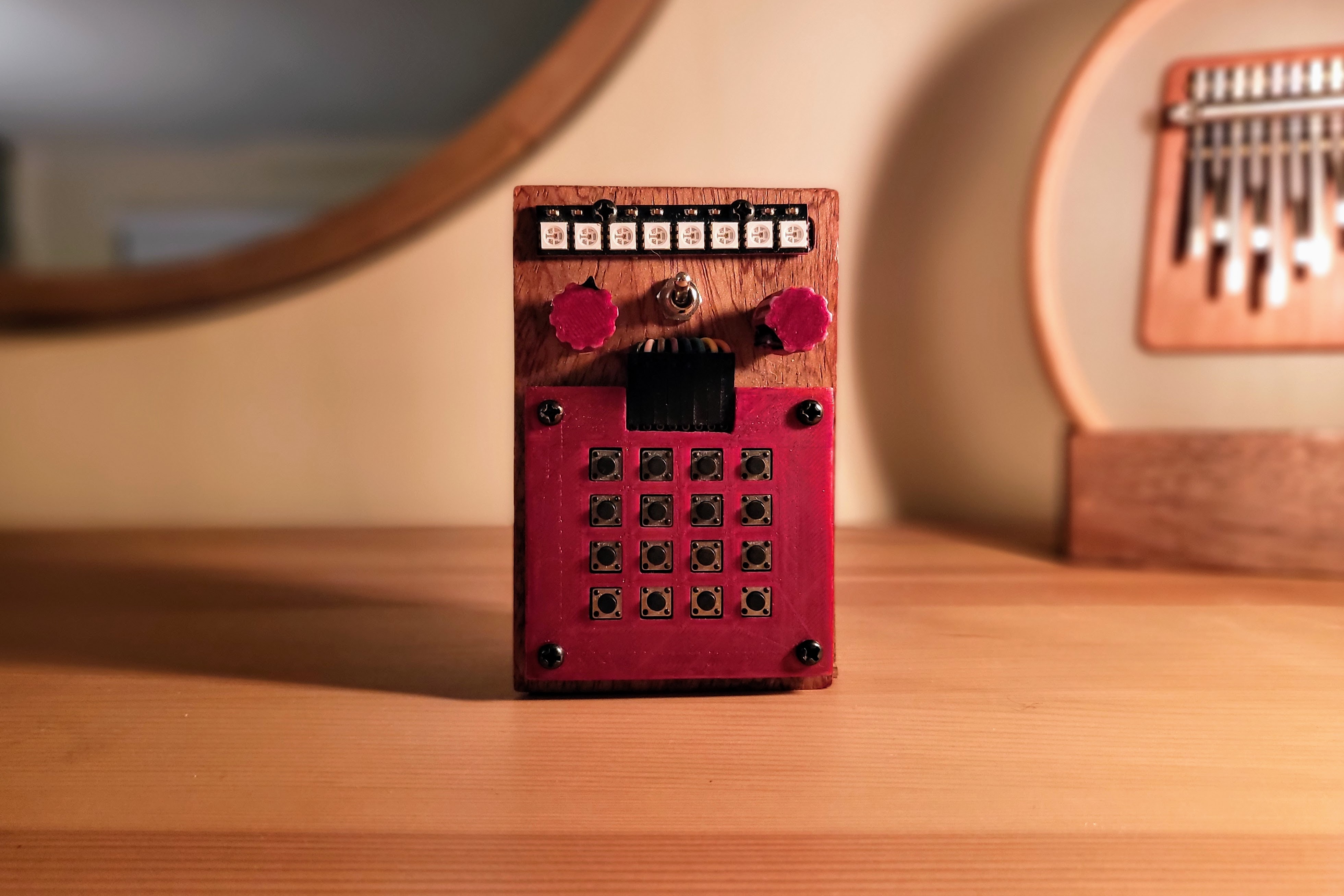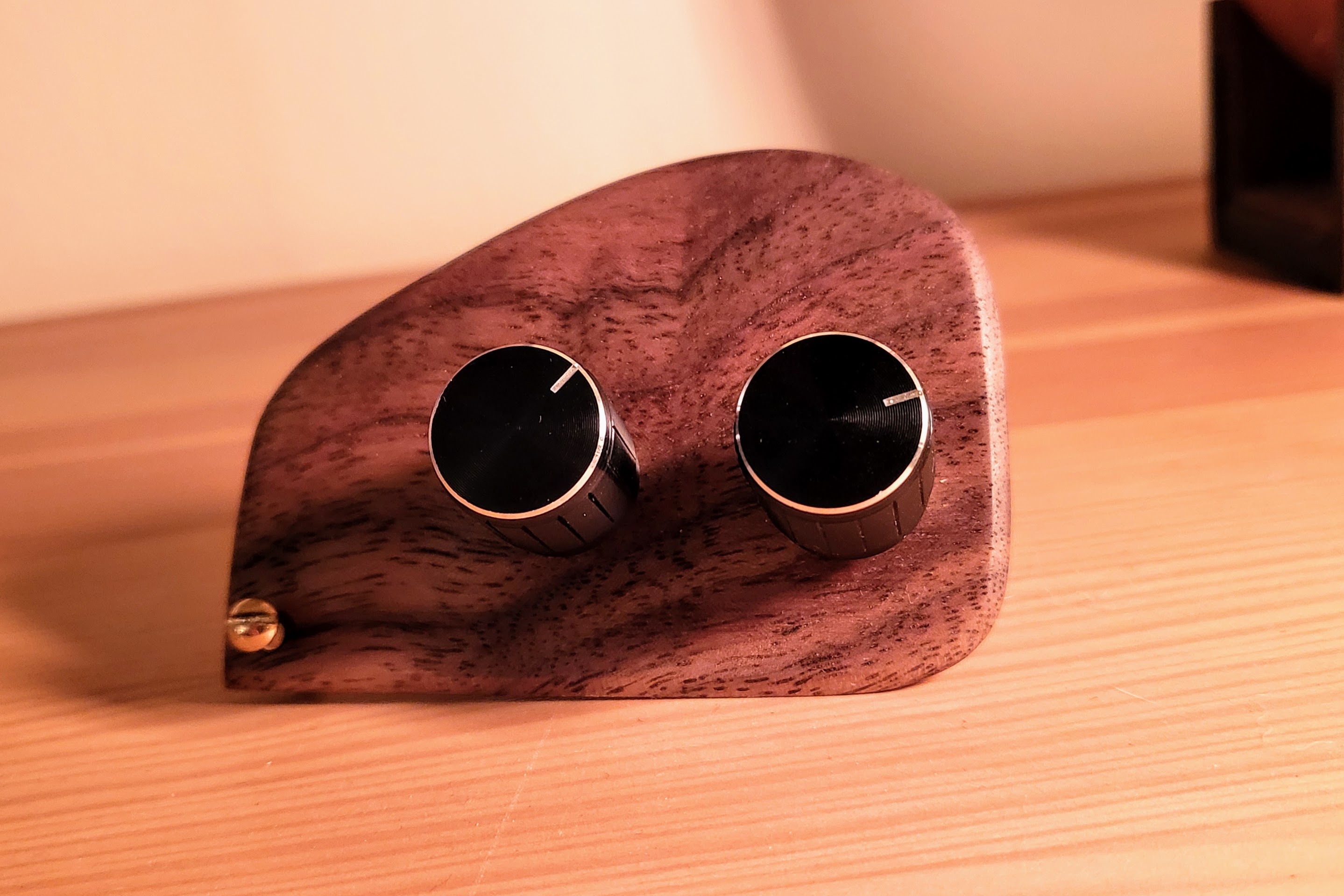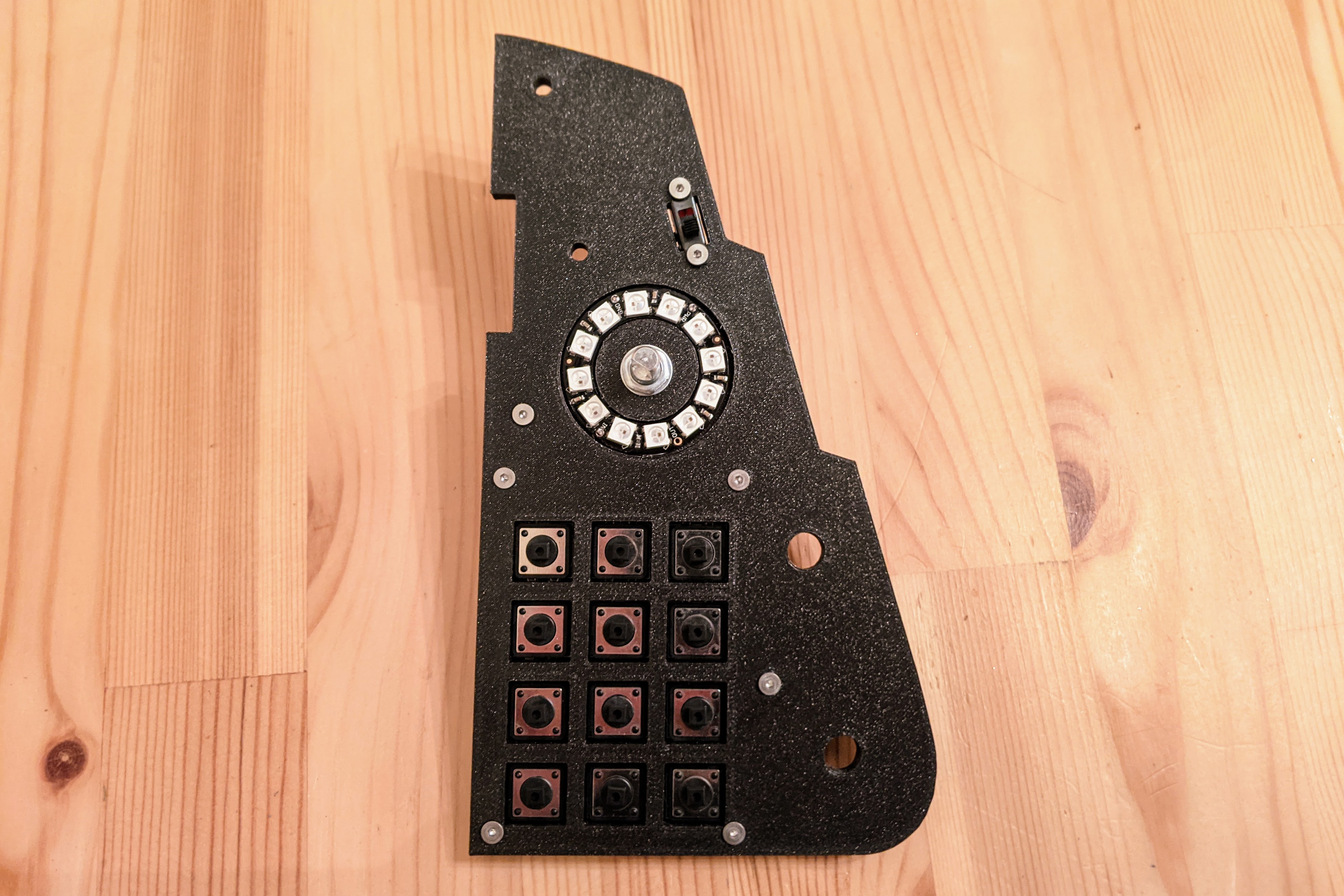Calculating and analyzing drug adsorption in MOFs interactively
This is a compact tutorial on calculating and analyzing adsorption of molecules in metal-organic frameworks.
Step 1: Get molecule
First get coordinates for the molecule that you want to analyze. Here I will be using Dimethyloxalylglycine (DMOG). DMOG is a cancer treatment drug, proposed to inhibit O2 consumption in cancer cell lines HCT116 and PC12, well before activation of HIF pathways.
Step 2: Generate conformers
To generate conformers I wrote a simple command line interface that makes use of CSD Python API. You can download the code here. In order to run the code you must install Python ccdc library. Unfortunately Python CSD API is not free and it runs on Python 2.7. I will be looking at alternative ways to generate conformers in the future.
Too see options for the conformer_search.py command line interface run:
python conformer_search.py --help
To generate 100 conformer molecule files you can run:
python conformer_search.py DMOG.mol2 100
which will read DMOG.mol2 and generate 100 .mol files.
Here is a picture of 50 conformers rendered using Moleidoscope library:
Step 3: Run RASPA simulations
RASPA is a general purpose classical simulation package that can be used for the simulation of molecules in gases, fluids, zeolites, aluminosilicates, metal-organic frameworks, carbon nanotubes and external fields. The command line interface also generates RASPA simulation input files by using following optional arguments:
python conformer_search.py DMOG.mol2 100 --raspa --initialize
Step 3.2: Conformer similarity analysis with SOAP (Optional)
SOAP (Soft Overlap of Atomic Positions) is a method to obtain translation, rotation and permutation-invariant descriptors of groups of atoms. Here, we can use it to analyze geometric similarity of our conformers.
To generate the xyz file required for the SOAP analysis run conformer_search.py as follows:
python conformer_search.py DMOG.mol2 100 -ri --soap
Running the SOAP analysis we can generate a similarity matrix that looks like this:
Here each conformer is compared with all the others and assigned a normalized similarity score between 0 - 1. The 2D histogram above is colored from white to red according to this similarity score. In each x an y axis the conformers are ordered from 1 - 100.
Step 4: Read RASPA output
The RASPA simulation results can be read and combined with RMSD and conformer scores obtained from conformer_search.py to generate plots. Here is a bar plot showing adorption results for IRMOF-1.
Step 5: Render molecule images
To visualize each molecule we need to render them automatically. OpenBabel can render 2D representations of molecules. For this project I used the following command:
obabel DMOG.xyz -O DMOG.svg -xS -xd -xb none
Other types of renders can be achieved as well. See Open Babel documentation for more information.
Step 6: Plot with bokeh
For the Interactive plot I used Bokeh Python library. The code is available below.
The code
import os
import glob
import yaml
from bokeh.plotting import figure, output_file, show, ColumnDataSource
from bokeh.models import HoverTool
# Read images
images = []
img_dir = '/path/to/images'
images = [os.path.join(img_dir, '%s.xyz.svg' % c) for c in conformers]
# You need to modify image paths if you want to host this in a website
# For GitHub pages you can use https://kbsezginel.github.io/assets/img/image.svg
# Yaml file containing the adsorption results and conformer information
log_path = '/results/data/ads_log.yml'
log_data = yaml.load(open(log_path, 'r'))
# Log order: Score, RMSD, minRMSD, Ads, Energy
conformers = list(log_data.keys())
data = dict(score=[log_data[c][0] for c in conformers],
rmsd=[log_data[c][1] for c in conformers],
min_rmsd=[log_data[c][2] for c in conformers],
adsorption=[log_data[c][3] for c in conformers],
energy=[log_data[c][4] for c in conformers]
)
x_axis, y_axis = "Conformer Score", "Max Adsorption (gᵈʳᵘᵍ/gᵐᵒᶠ)"
x_data, y_data = data['score'], data['adsorption']
output_file("conformers.html")
source = ColumnDataSource(data=dict(x=x_data, y=y_data, rmsd=data['rmsd'], min_rmsd=data['min_rmsd'],
energy=data['energy'], desc=conformers, imgs=images))
hover = HoverTool(
tooltips="""
<div>
<div>
<img
src="@imgs" height="180" alt="@imgs" width="200"
style="float: left; margin: 0px 0px 0px 0px;"
border="1"
></img>
</div>
<div>
<span style="font-size: 17px; font-weight: bold;">@desc</span>
</div>
<div>
<span style="font-size: 14px; font-weight: bold;">Score: </span>
<span style="font-size: 14px; color: #f44283;">$x</span>
</div>
<div>
<span style="font-size: 14px; font-weight: bold;">Adsorption: </span>
<span style="font-size: 14px; color: #f44283;">$y</span>
</div>
<div>
<span style="font-size: 14px; font-weight: bold;">RMSD: </span>
<span style="font-size: 14px; color: #f44283;">@min_rmsd</span>
</div>
<div>
<span style="font-size: 14px; font-weight: bold;">Drug-MOF energy: </span>
<span style="font-size: 14px; color: #f44283;">@energy</span>
</div>
</div>
"""
)
p = figure(plot_width=1000, plot_height=600, tools=[hover, "pan", "wheel_zoom", "box_zoom", "reset", "tap"],
toolbar_location="right", title="IRMOF-1 DMOG Conformers Adsorption")
p.circle('x', 'y', size=18, source=source,
fill_color='blue',
fill_alpha=0.2,
line_color="firebrick",
selection_color="firebrick",
nonselection_fill_alpha=0.2,
nonselection_fill_color="blue",
nonselection_line_color="firebrick",
nonselection_line_alpha=1.0)
p.xaxis.axis_label = x_axis
p.yaxis.axis_label = y_axis
p.ygrid.grid_line_alpha = 0.2
p.xgrid.grid_line_color = None
show(p)



